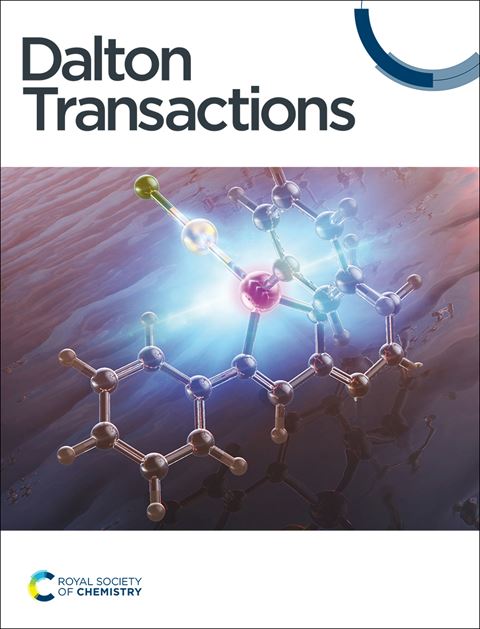Regioselective Oxidative Bromination of Arenes by Metal-Organic Framework Confined Mono-Bipyridyl Iron(III) Catalyst
IF 3.5
3区 化学
Q2 CHEMISTRY, INORGANIC & NUCLEAR
引用次数: 0
Abstract
Oxidative bromination of arenes is an effective and environmentally friendly method for synthesizing bromoarenes. We have developed a highly robust zirconium-metal-organic framework (MOF)-supported mono bipyridyl-iron(III) chloride catalyst (bpy-UiO-FeCl3) for oxidative bromination of arenes using H2O2 as the oxidant and KBr as the bromine source. The bpy-UiO-FeCl3 catalyst exhibits high conversion rates for various substituted arenes, yielding significant amounts of bromoarenes with excellent regioselectivity, and recyclability under mild reaction conditions. The MOF-catalyst outperforms its homogeneous counterparts in terms of both activity and regioselectivity due to the stabilization of the mononuclear bipyridyl-iron(III) species within the active sites in the MOF's pores. Furthermore, the confinement of these active sites within the robust, well-defined, and uniform porous framework enhances the regioselectivity of the bromination through shape-selective catalysis. The mechanism of bpy-UiO-FeCl3 catalyzed oxidative bromination of arenes was thoroughly investigated by a combination of control experiments, spectroscopic analyses, and computational studies. These findings underscore the importance of MOFs in the development of heterogeneous catalysts based on earth-abundant metals for the sustainable synthesis of haloarenes.求助全文
约1分钟内获得全文
求助全文
来源期刊

Dalton Transactions
化学-无机化学与核化学
CiteScore
6.60
自引率
7.50%
发文量
1832
审稿时长
1.5 months
期刊介绍:
Dalton Transactions is a journal for all areas of inorganic chemistry, which encompasses the organometallic, bioinorganic and materials chemistry of the elements, with applications including synthesis, catalysis, energy conversion/storage, electrical devices and medicine. Dalton Transactions welcomes high-quality, original submissions in all of these areas and more, where the advancement of knowledge in inorganic chemistry is significant.
 求助内容:
求助内容: 应助结果提醒方式:
应助结果提醒方式:


